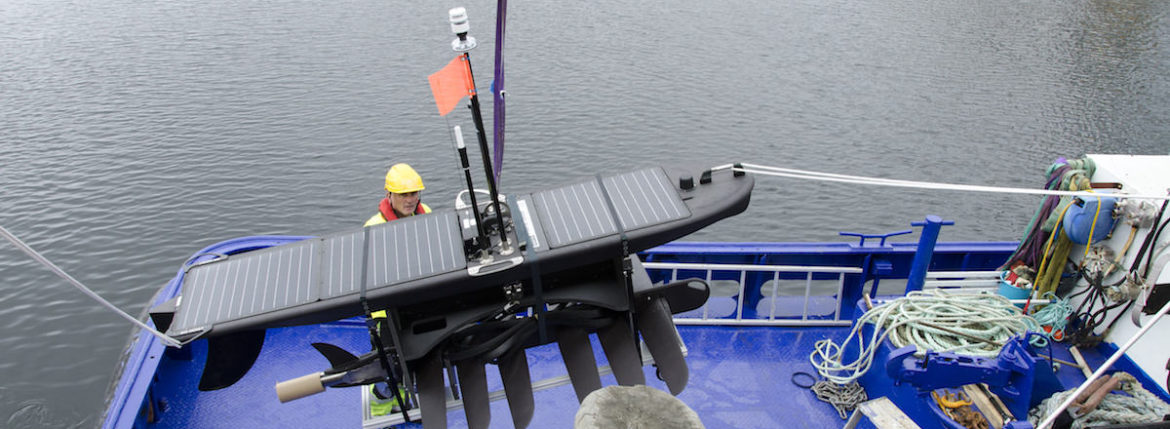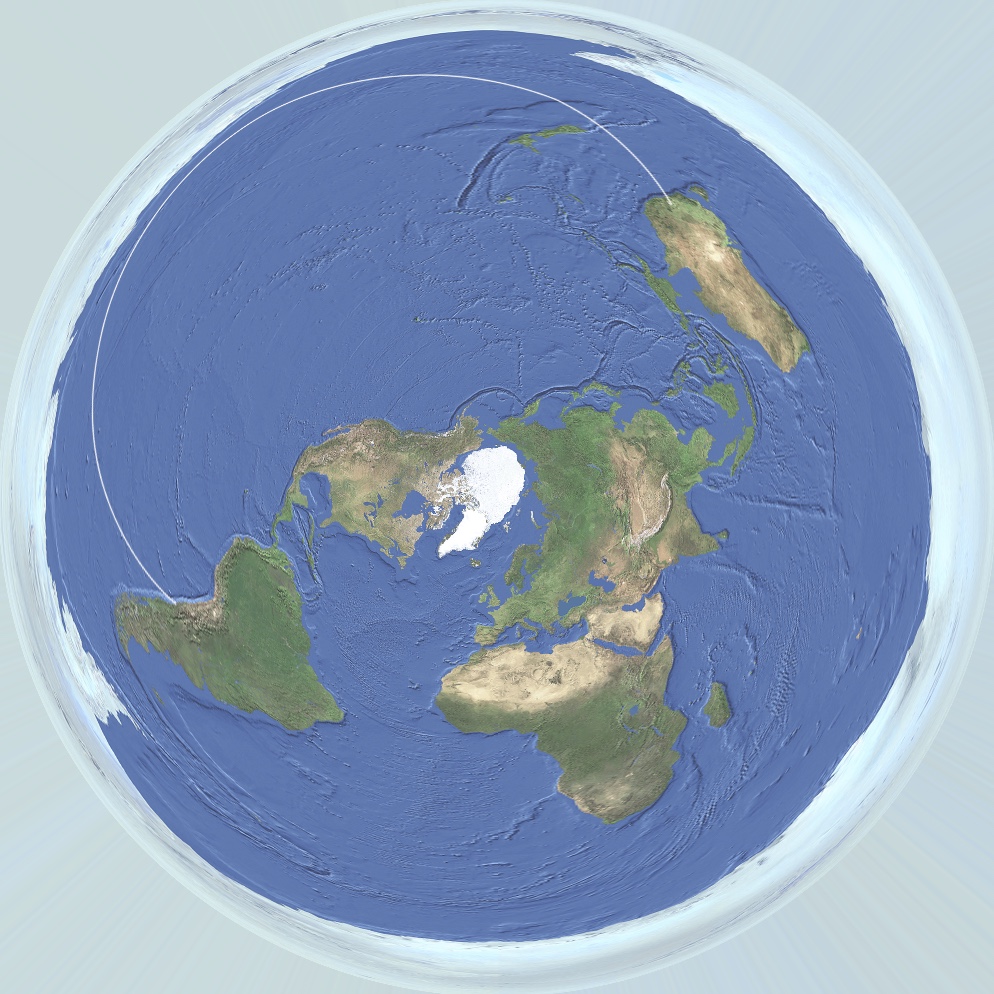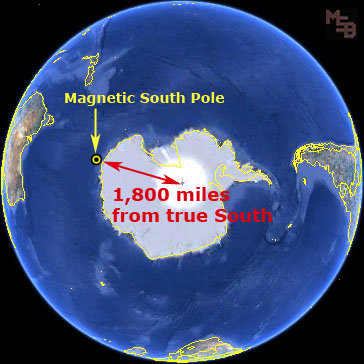TWCobra
Senior Member.
[Nov 18 2016] For anyone interested, in a couple of hours I'll be heading out of Santiago heading for Sydney on the QF28. The flight plan has us spending quite a bit of time at 71'30" South and the cloud forecast at the moment shows not a lot of cloud! Lucky I brought 2 GoPros with me!
Fingers crossed for a good time lapse video of the ice pack!
The pic above shows the route. I've been meaning to post something explaining great circle routes and why they are faster. This map will help once I compare it to the Google Earth representation of the track.
In the meantime we will be taking off around 1700 GMT and landing about 14 hours later. Only around 5% of the flight will be visible on FR24 as there is just nobody to pick up our ADSB signals.
Main Flight plan has just arrived with 13:25 as the flight time which should have us in Sydney on schedule at 0645 UTC. Here is what the flight looks like in the Nav software.
[UPDATE: Nov 19, 2016]
Just got in. We had 30 minutes with an awesome view of the ice.
Short time lapse.
Source: https://www.youtube.com/watch?v=gjVA7iEm8Zc
A view from the cockpits of the instruments showing location
Source: https://www.youtube.com/watch?v=X623emPcIYo
[Update by @Mick West ]
The images from both videos match satellite photos of the sea ice taken at about the same time. Here's the match for the "instruments" video.
https://worldview.earthdata.nasa.go...444.4505215033,-1319097.0734755602&r=-128.870
The raw images there are AQUA 2016/324 11/19/2016 00:15 UTC
https://lance.modaps.eosdis.nasa.go...fl2_143.A2016324001500-2016324002000.250m.jpg
Region of interest
Aqua/MODIS
2016/324
11/19/2016
00:15 UTC
https://lance.modaps.eosdis.nasa.go...v.A2016324001500-2016324002000.250m.jpg
This is just after the GPS location, going from
to
So the two red squares here. The yellow indicating the GPS location and the "house"
About 100 miles covered in the timelapse video
Here's a better fit from the "instruments" video, merging three images into a wider one:
The easiest thing to focus on to match them up is the "bowling pin" part of the image:
Note to a Flat Earth believer from TWCobra, the pilot:
Abishua, I flew the QF28 flight from Santiago to Sydney a few days ago. I mean physically flew the aircraft, a 747.
We flew within sight of the Antarctic, down to 71.5 degrees south. We can go further south on that route but are limited to 71.5 south by lack of line of sight to the ATC communications satellites over the equator.
That in itself should tell you the world is not flat, however, can you understand that airlines are commercial entities, where containing fuel costs are paramount to maintaining profitability?
Santiago and Sydney are almost on the exact same latitude of 34'00 south. Sydneys Longitude is 151 deg East and Santiago is at 72 deg W. To fly between the two cities I must cover 137 lines, or degrees of longitude.. Correct?
The flat earth model has the distance between degrees of longitude becoming much larger as we approach Antarctica. This greatly increases the east-west distance the aircraft must fly to cover those 137 degrees of longitude. In this case the flat earth model makes it physically impossible to fly the distance on a full load of fuel.
Yet that is what we did. Because lines of longitude converge at the pole, the distance between them is shorter the closer you get to the pole. This is how great circle routes works and why airlines always fly an approximation of a GCR. The do get modified by winds and airspace restrictions.
[In the post above] are two representations of the route we followed [and videos and satellite photos of the route]
The first [map] does not depict the lines of longitude as they are or even as the Flat Earth model presents them. The do show the jets streams however.
The second is the actual route we flew, which was basically a straight line GCR modified for the winds on the day, and the 71.5S constraint. It depicts the lines of longitude converging at the pole, making this route the shortest way.
It may not be congruent with your beliefs, but that's the way we fly between these two cities, and we do it because any other way would cost too much fuel.
Sorry the "Flat Earth" does not exist. That's all there is to it.
Last edited by a moderator:



